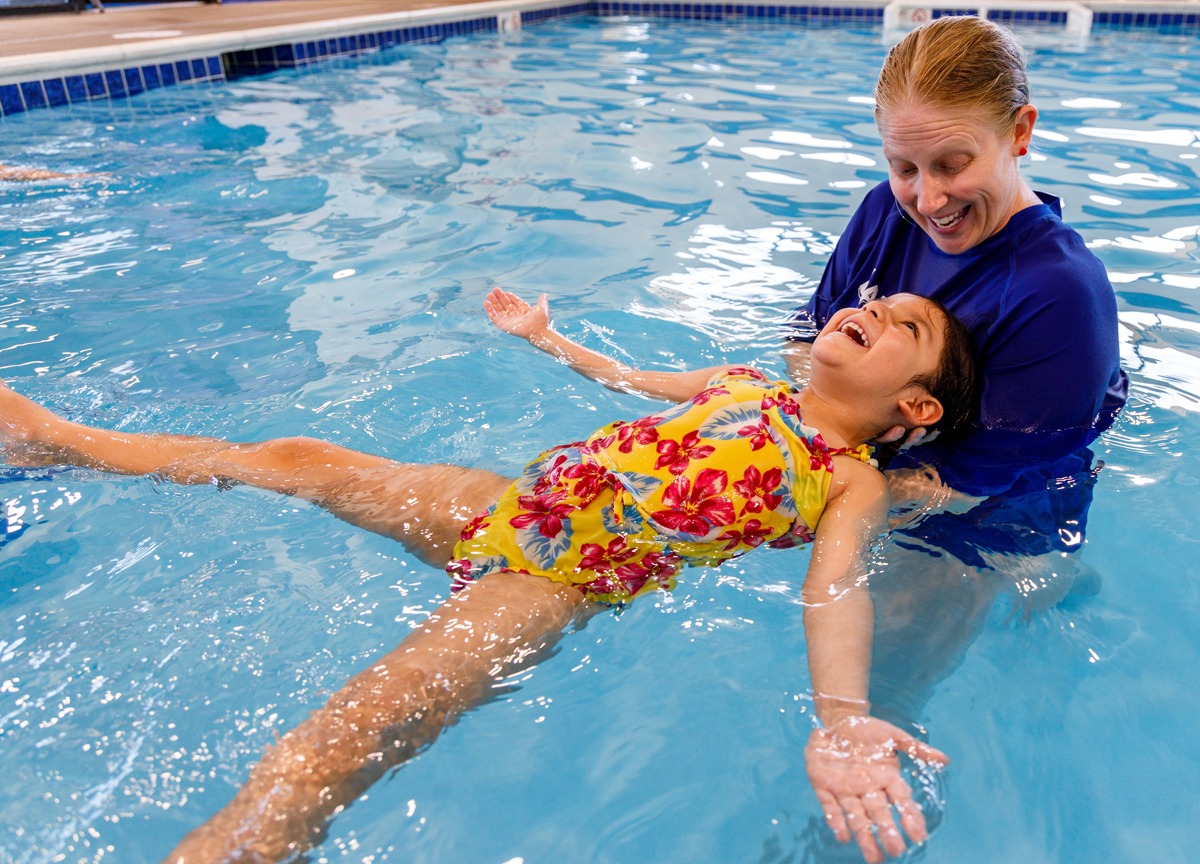Rise by Six: Your Daily Dose of Inspiration
Explore insights and stories that elevate your day.
Swim Like a Fish and Ditch the Floaties
Transform your swimming skills and ditch the floaties! Discover tips to swim effortlessly like a fish in no time!
Master the Basics: Essential Swimming Techniques for Beginners
Swimming is a vital skill that offers numerous health benefits and enhances overall fitness. For beginners, mastering the basics is essential to build confidence in the water. Start with the foundational techniques such as the freestyle stroke, which is often considered the most efficient stroke for beginners. To develop your freestyle, focus on the following steps:
- Position your body horizontally in the water
- Rotate your arms in a circular motion while keeping your elbows slightly higher than your hands
- Breathe by turning your head to the side, ensuring to keep your body aligned
In addition to the freestyle stroke, it's important for beginners to learn the floating technique. This skill not only helps with confidence but also serves as a foundation for other strokes. To practice floating, try the following:
- Lie on your back in the water, stretching your arms and legs out
- Relax and let your body rise to the surface
- Keep your hips up and your core engaged for better balance
By focusing on these essential swimming techniques, you'll build a strong foundation that will prepare you for more advanced strokes and improve your overall swimming experience.

The Benefits of Swimming: Why Ditching Floaties is a Game Changer
Swimming is a fantastic way to enhance physical fitness, and one of the most significant benefits comes from ditching floaties. When you rely on floatation devices, you miss out on developing critical swimming skills that contribute to overall safety and confidence in the water. By embracing the challenge of swimming without floaties, individuals can improve their stroke technique, build strength, and enhance cardiovascular endurance. This process not only fosters independence but also creates a more profound connection with the water, making swimming a more enjoyable experience.
Moreover, swimming without floaties promotes better body awareness and balance. As you adapt to the buoyancy of water without additional support, you'll engage various muscle groups, enhancing core stability and coordination. This holistic approach to swimming can lead to a multitude of health benefits, including improved flexibility, reduced stress levels, and increased lung capacity. In conclusion, ditching floaties opens up a world of opportunities for skill development, fitness, and personal growth, making it an exciting change for swimmers of all ages.
How to Overcome Your Fear of Swimming: Tips for a Confident Splash
Overcoming your fear of swimming is a journey that requires patience and practice. Start by acknowledging your fear; understanding its root can empower you to face it. Gradual exposure to water can help desensitize your anxiety. Begin with shallow water and practice getting comfortable by simply sitting at the edge or splashing water on your face. Once you feel at ease, consider adding breathing exercises to your routine. Breathing deeply and steadily helps to calm your nerves, making your experience in the water more enjoyable.
Additionally, finding a supportive environment can make all the difference. Consider enrolling in a swimming class designed for beginners; being surrounded by others who share your fears can provide camaraderie and encouragement. Practice regularly and engage with a friend or instructor who can motivate you. Set achievable goals, such as floating on your back or diving under for a few seconds, and celebrate your progress. With each successful attempt, you will build the confidence needed to truly embrace swimming as a fun and relaxing activity.